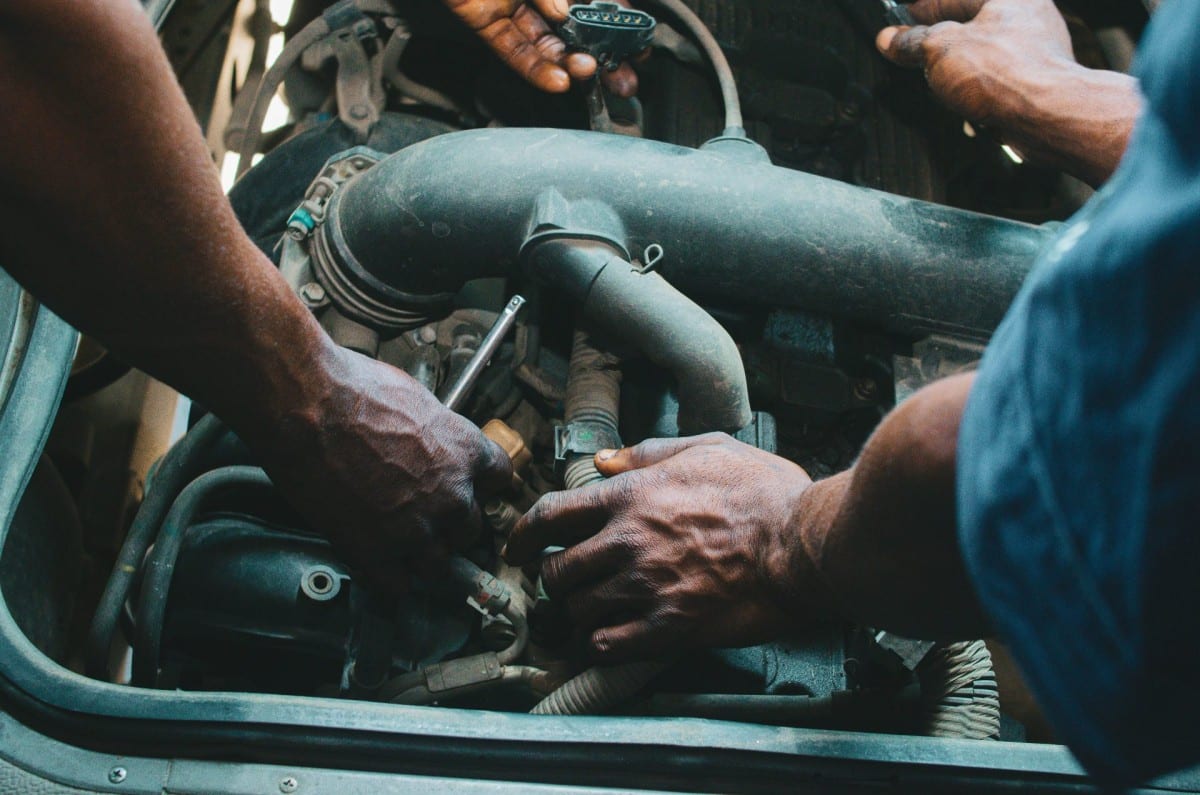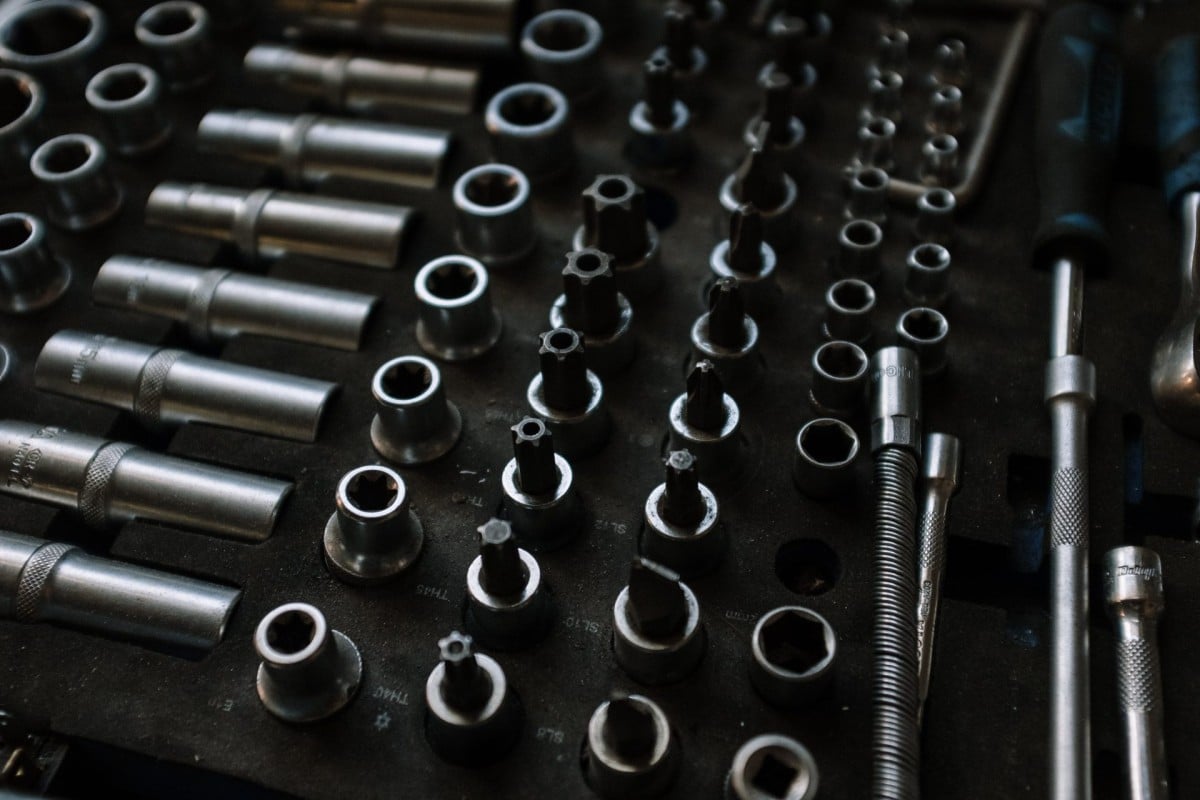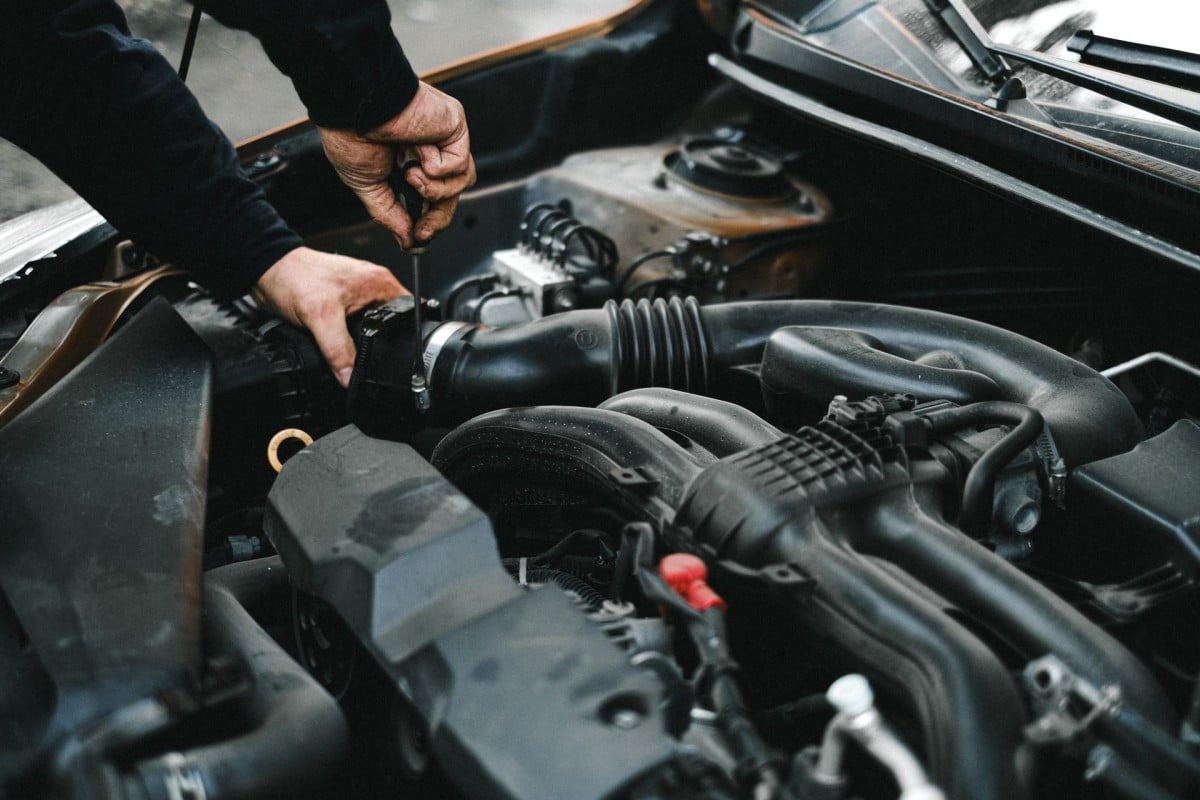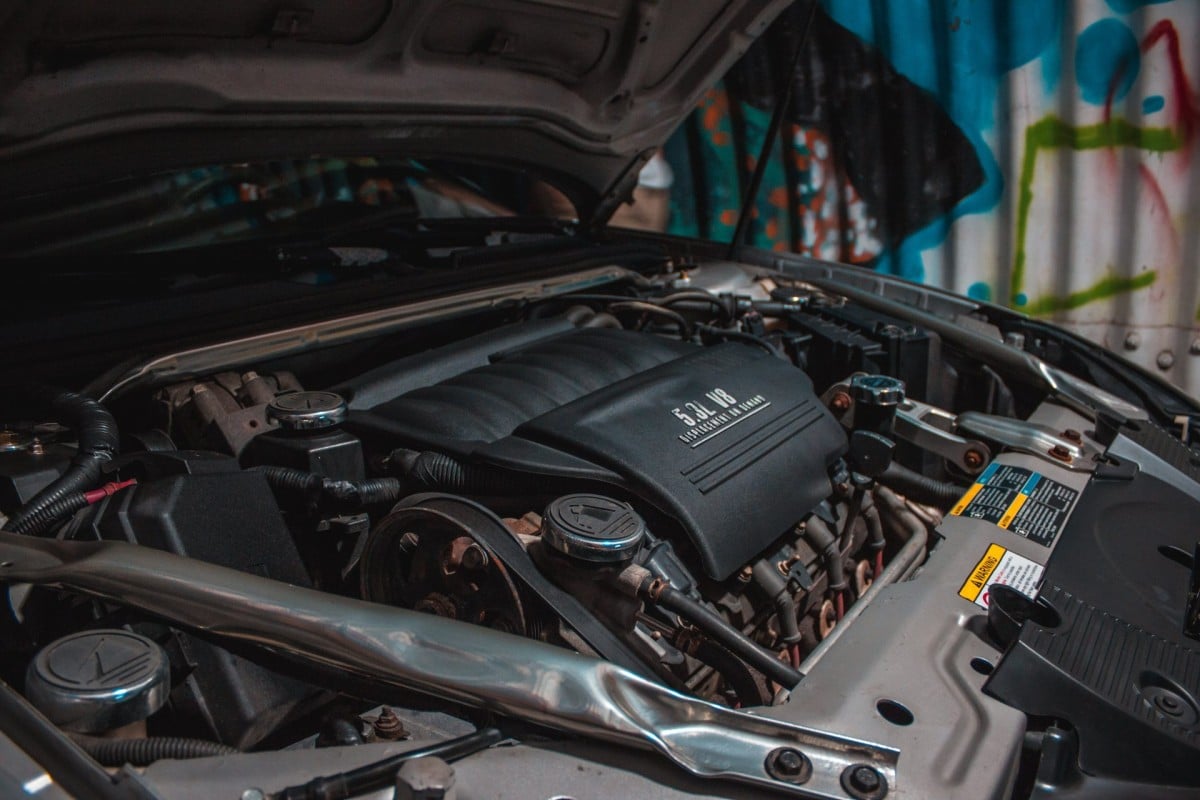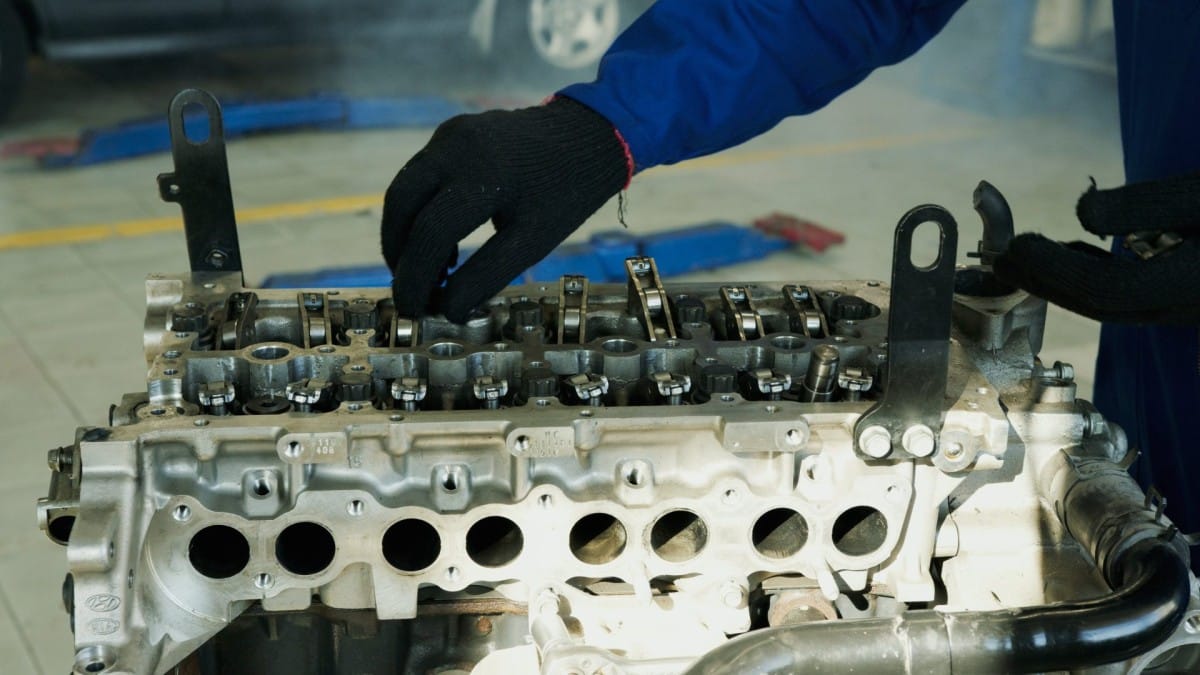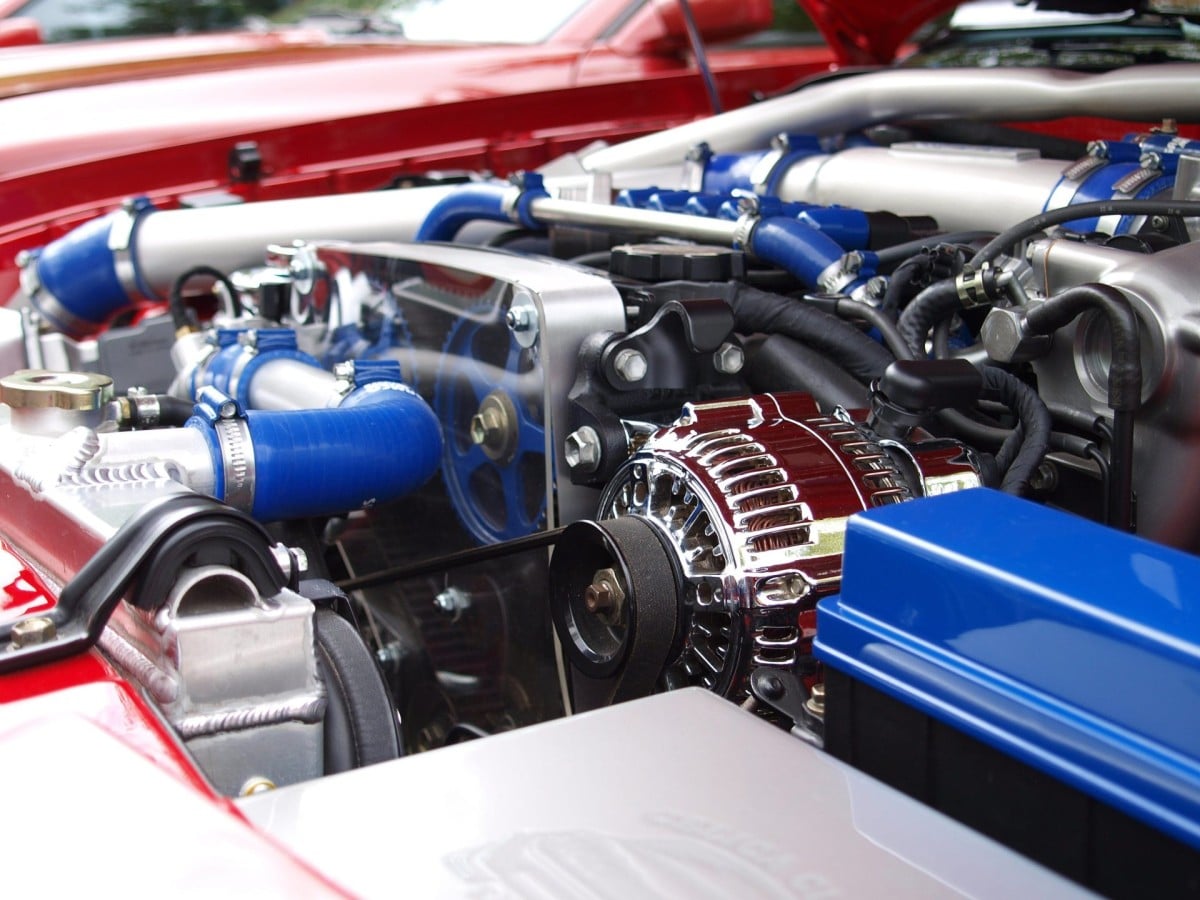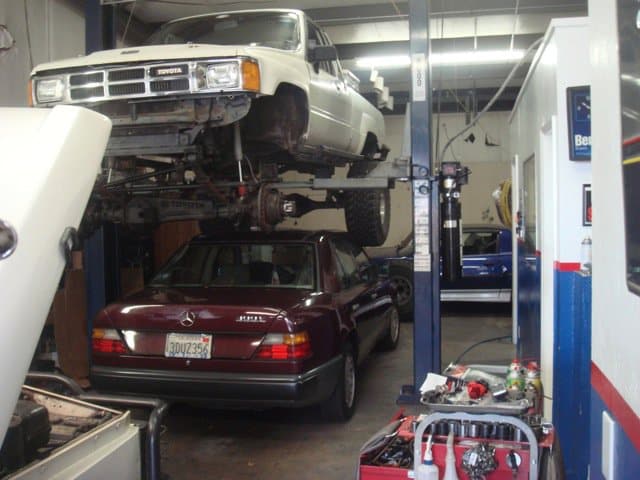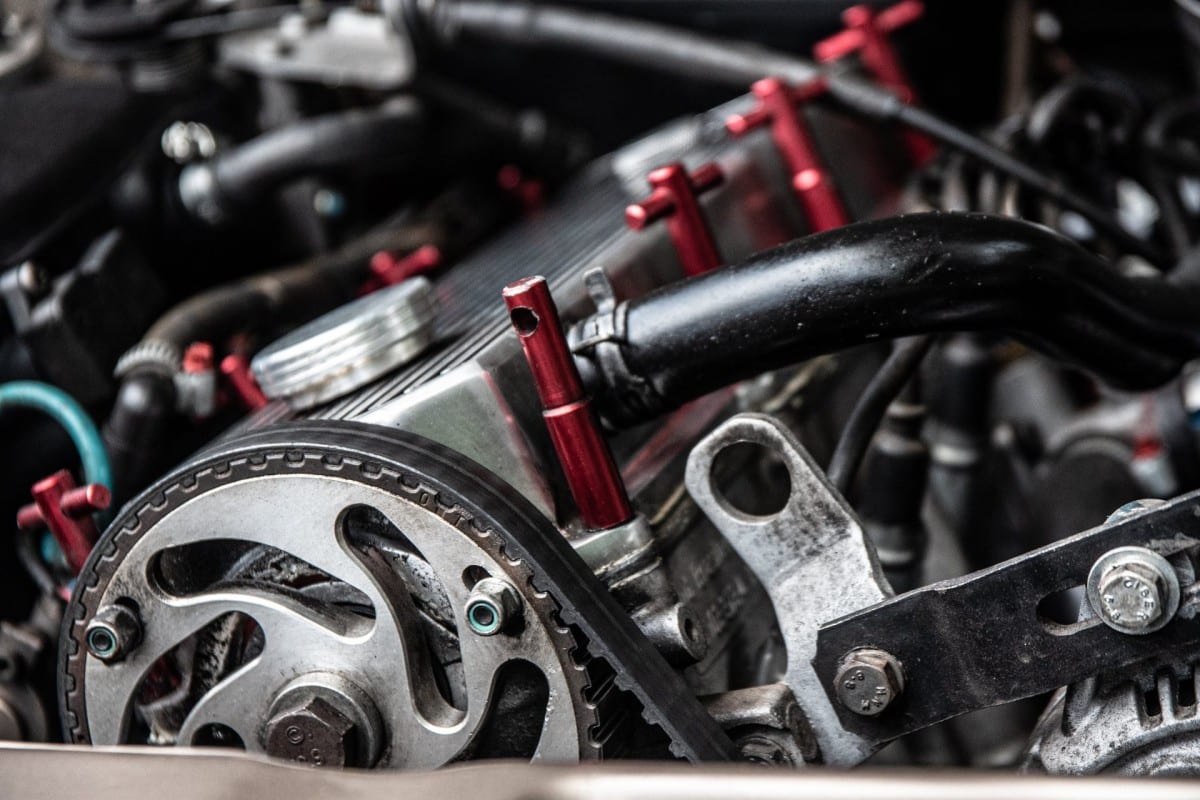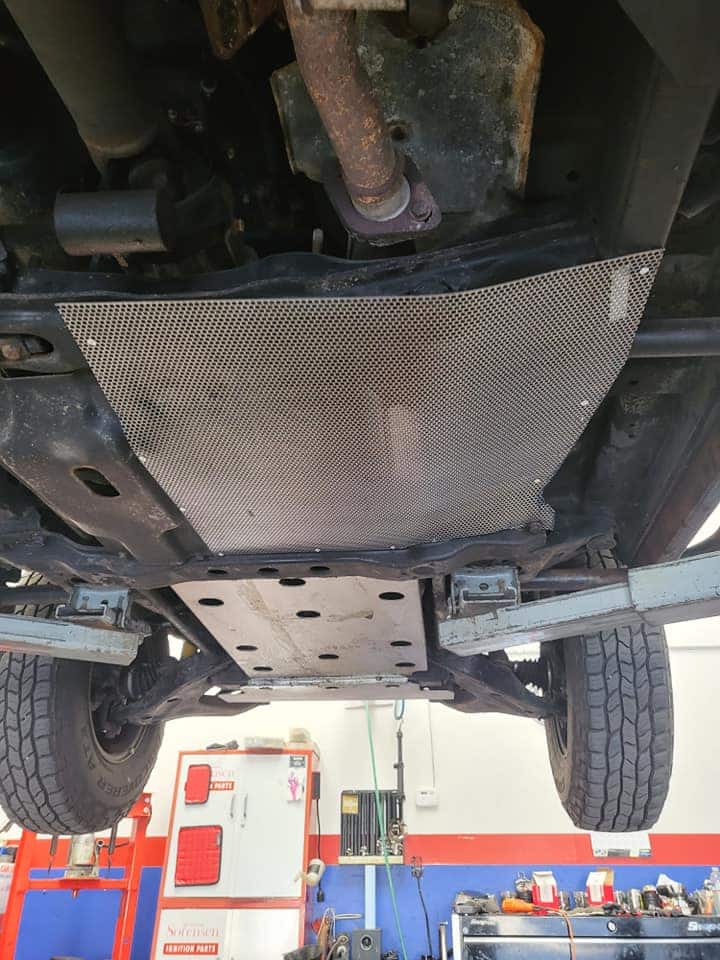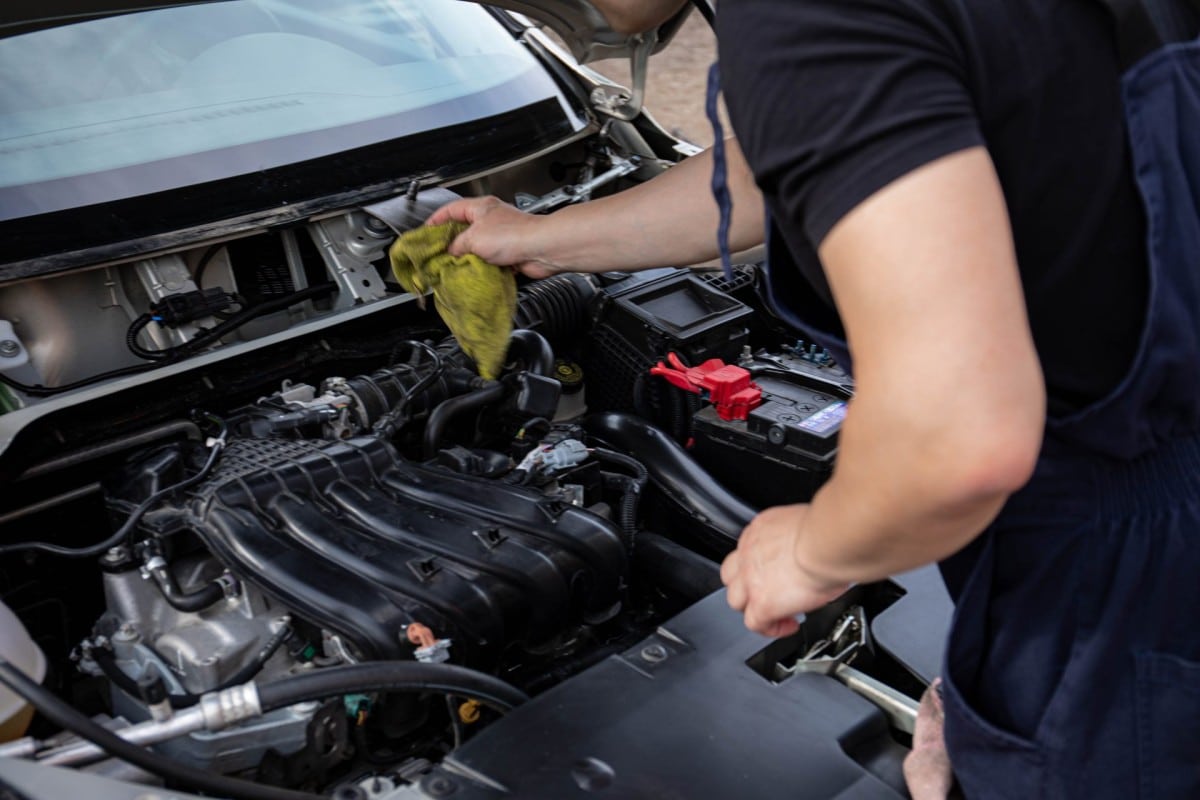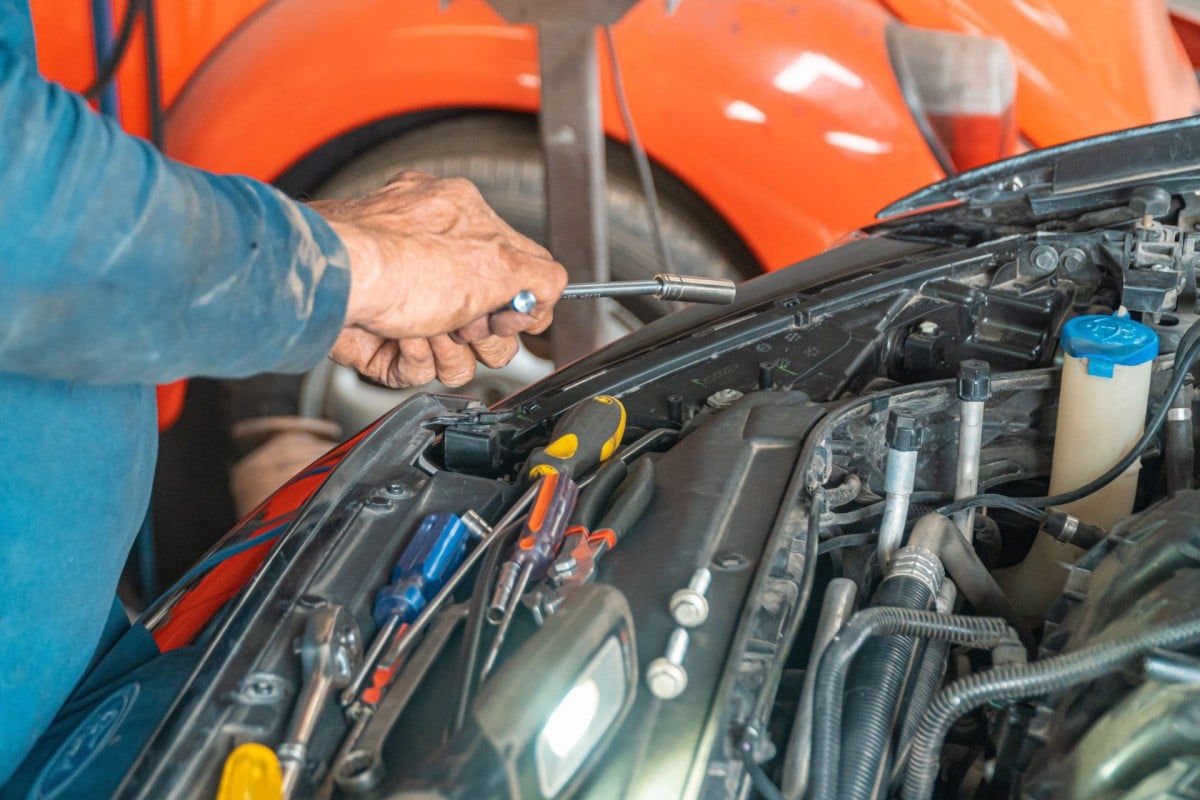You know the drill: you're driving along, humming to your favorite tune, when suddenly you hear a dreadful squealing noise. Panicked, you pull over to the side of the road and pop the hood to investigate. The culprit? Your drive belt. But what is a drive belt, and why is it so important? Let's dive in.
What is a Drive Belt?
The drive belt, also known as a serpentine belt, is a long, winding belt that powers multiple accessories in your vehicle. It powers your alternator, power steering pump, air conditioning compressor, and sometimes your water pump. Without it, your car simply won't run.
The Types of Drive Belts
Now you're probably thinking, “Okay, I get it. But are all drive belts the same?” The answer is no. There are three main types of drive belts:
- V-Belt: This type of belt gets its name from its V-shaped cross-section. These belts were the standard for many years but are less common in modern cars. They're thicker and more durable but require more maintenance.
- Serpentine Belt: A serpentine belt is a flat, long belt that winds around several pulleys. It's the most common type of drive belt today. It requires less maintenance and is more efficient, but it can cause multiple systems to fail if it breaks.
- Timing Belt: This belt synchronizes the rotation of the crankshaft and the camshaft. Not all cars have a timing belt; many use a timing chain instead. Timing belts need to be replaced at regular intervals, as a broken one can cause severe engine damage.
Which Belt Does Your Vehicle Need?
Well, that depends on your car's make and model. Newer cars typically use serpentine belts, while older models might use V-belts. If your vehicle has a timing belt, it's crucial to replace it as recommended by the manufacturer.
Signs Your Drive Belt Needs Replacement
A malfunctioning or worn-out drive belt can cause a variety of issues. Here are a few signs that it's time for a replacement:
- Squealing noise: This is often the first sign of a problematic drive belt. The noise usually gets louder when you accelerate.
- Cracks and wear: Over time, the belt can develop cracks, chunks can start to fall off, or the belt can become shiny or glazed. These are signs of wear and tear, and the belt should be replaced.
- System failures: If your power steering, air conditioning, or alternator isn't working, the issue might be your drive belt.
Knowing the ins and outs of drive belts and understanding which one your vehicle needs can help prevent unexpected breakdowns and costly repairs. Remember, regular maintenance is key to ensuring your vehicle runs smoothly and efficiently. And, if you're in Sonoma County, California and need expert auto repair services, the knowledgeable team at Sartorial Auto Repairs Santa Rosa is always here to help. They're just a call away for all your vehicle maintenance and repair needs.


